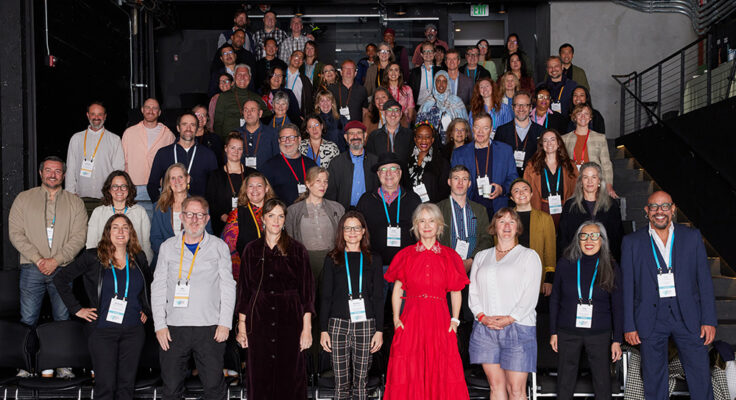When the Kenneth Rainin Foundation made our first $5 million grant to help establish the Community Arts Stabilization Trust (CAST) in 2013, we had no idea the impact would travel as far and wide as it has. What began as a bold concept has grown into a global movement to protect space for arts and culture organizations. This past May, the Rainin Foundation, in partnership with Left Bank Co. and World Cities Culture Forum, brought together leaders from this emerging field at the first-ever Creative Land Trust Summit in San Francisco—an important step toward building a strong, connected community of practice.
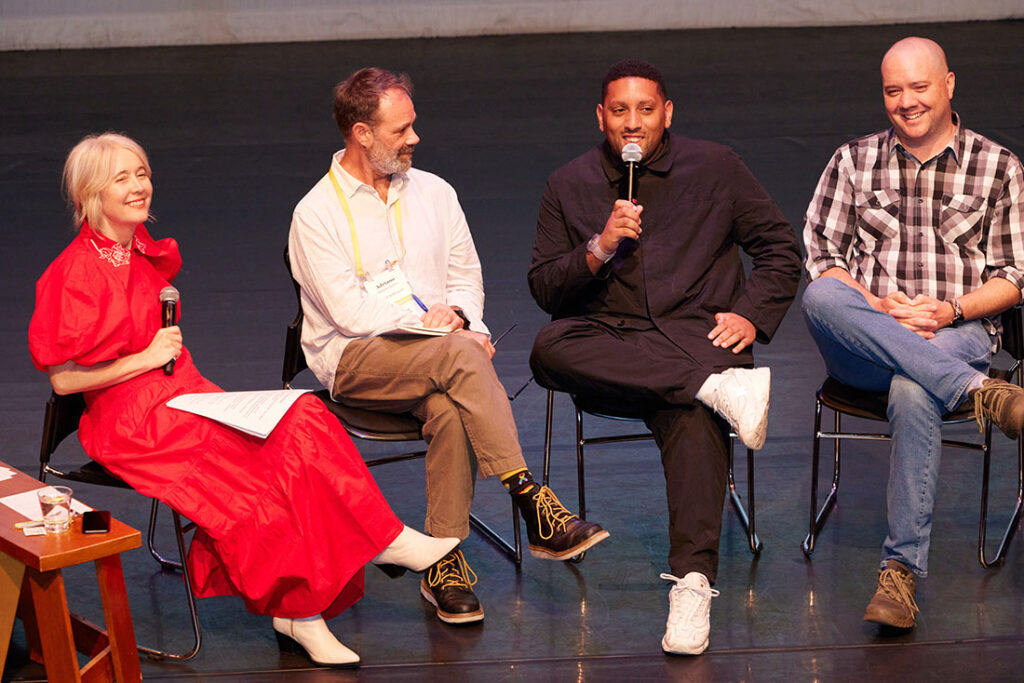
When the Foundation made the initial investment in CAST, the immediate goal was to stabilize two arts spaces in San Francisco—CounterPulse and the Luggage Store Gallery. But we also envisioned creating an organization that could strengthen the Bay Area arts ecosystem by addressing the challenges of a volatile real estate market that often led to creative communities being pushed out. That early seed funding helped launch CAST and served as proof that a new model for preserving creative space is not only possible, it works.
As CAST experienced early successes and gained traction, we shared what we were learning with city and arts leaders around the world. Over time, these conversations led to new solutions. In 2018, the World Cities Culture Forum highlighted CAST at its annual summit. This inspired London to launch its Creative Land Trust. From there, efforts to establish similar creative land trust models ignited in major cities across the UK, Australia, Canada and the US. These models are adapting the legacy of Civil Rights-era community land trusts in the US to protect and acquire space for the arts.
Today, creative land trusts have evolved from a set of isolated experiments into a worldwide movement. This growing coalition is building permanent infrastructure for artists to power a thriving global culture that bridges divides, connects us with our humanity and sparks civic engagement. The momentum motivated us to bring these leaders together.
Convening Experts To Share And Learn
The Creative Land Trust Summit was a four day gathering of people engaged in this important work. Attendees included practitioners, funders, government and city representatives, policy experts, developers and advocates representing seven countries and more than 20 cities:
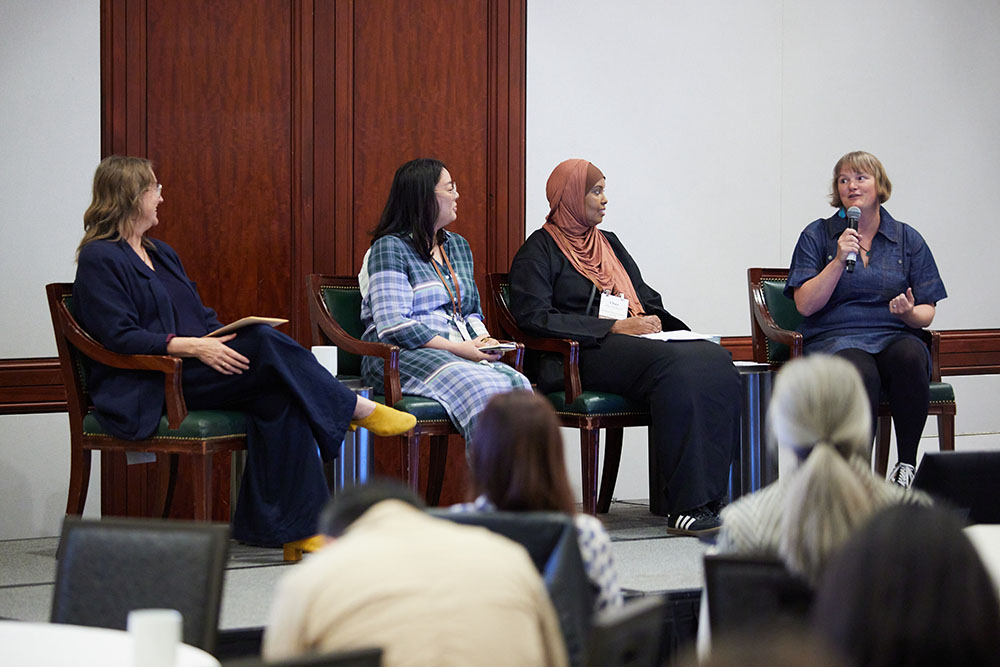
- Australia: Sydney, Melbourne
- Canada: Vancouver, Calgary, Toronto, Montreal
- Finland: Helsinki
- Ireland: Dublin
- Poland: Warsaw
- United Kingdom: London, Margate
- United States: San Francisco, Oakland, San Jose, Berkeley and Los Angeles (California); Denver (Colorado); Boston and New Bedford (Massachusetts); Minneapolis (Minnesota); Austin (Texas); Seattle (Washington)
The summit was a rare opportunity for participants—experts in real estate, city planning, arts management and community engagement—to exchange ideas and learn from one another. The gathering helped spark a more intentional, connected movement that has the potential to scale global impact. Through collaboration and data-sharing, this community can show what’s possible when arts and culture organizations have lasting control over the spaces they occupy.
A Shared Vision For This Global Movement
A global, generous and courageous peer-to-peer community of practice transforming the future of cities by embedding creativity, culture and community in land and property. Through shared learning, collective advocacy and collaboration, we seed and scale solutions to secure permanent cultural space.
Insights For A Changing Landscape
The summit demonstrated that there is no single blueprint for a creative land trust. The unifying feature is rooted in being responsive to local contexts, community needs and the specific conditions of displacement. What matters most is not replicating a “best practice” model, but achieving values alignment, flexibility and place-based adaptation. Real estate is changing—and with it, new tools, partnerships, mandates and funding mechanisms are emerging. From mission-aligned capital to hybrid ownership models, there is an opportunity to build a different system—one that places culture, equity and public purpose at the heart of urban development.
A series of panel discussions created space to learn from cities that are actively exploring how to adopt creative land trust principles and invite funders to shape the financial conditions for this work. Organizations also talked about using cultural space stewardship as a tool to address broader social and systemic inequities such as representation, climate action and housing for artists and culture bearers. All of these exchanges were interspersed by lively performances that showcased San Francisco Bay Area’s rich cultural scene.
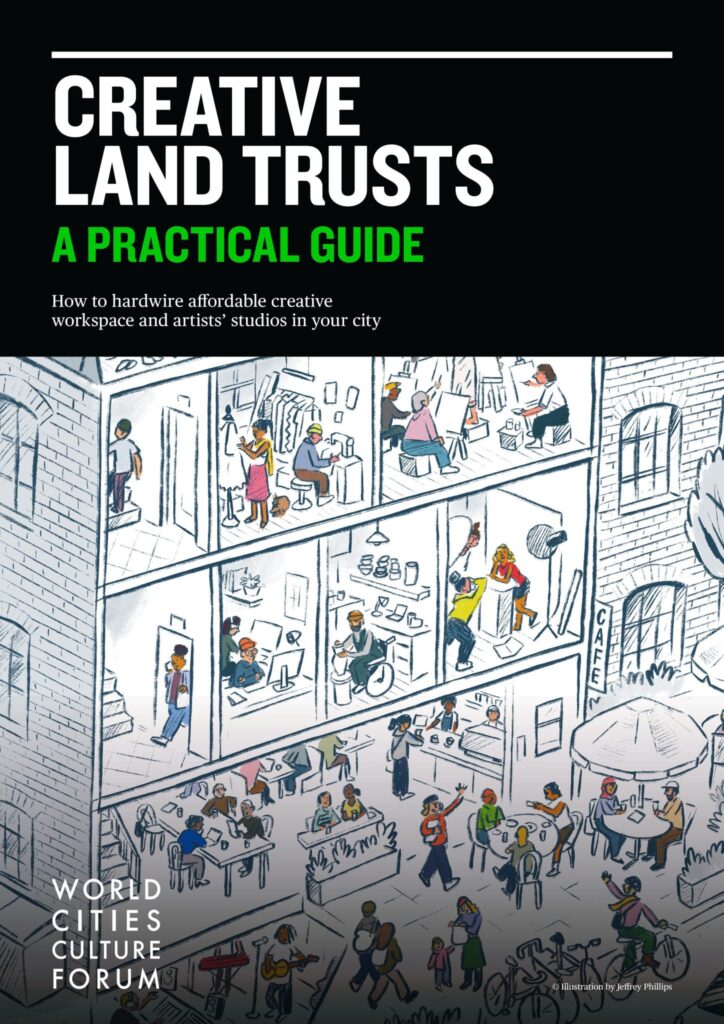
What’s Next For This Community Of Practice
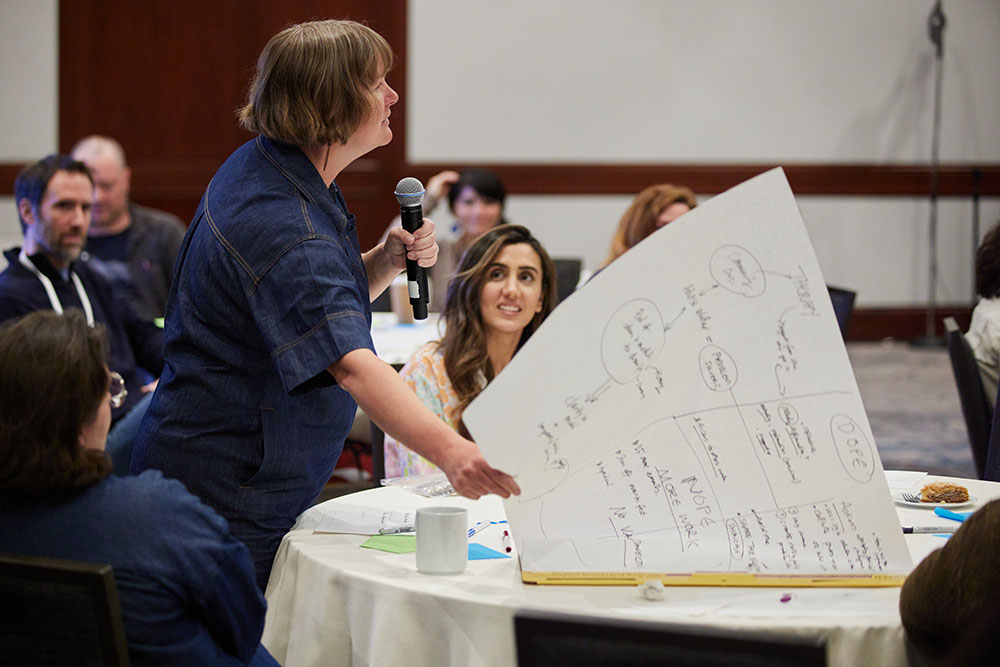
The summit ended with a unified sense of urgency and strong momentum. While the landscape of cultural land stewardship is still emerging, it was clear that participants are seeking a community of practice with one another.
Our next phase of work includes staying connected, expanding membership, increasing impact and turning collective insight into action. We also want to build structures to support the community: platforms for learning, mechanisms for collaboration and tools for unlocking capital.
We are working to set up a hub for knowledge sharing and creating events and activities to support this community of practice. We are also welcoming more funders, advocates and cities from more continents to this dynamic global movement. Enter your contact details here if you’d like to stay updated. We’ll continue to communicate our progress and next steps toward sustainable, long-term cultural land and asset stewardship.
Special Thanks
We are grateful to Julie Phelps, Artistic and Executive Director of CounterPulse, who helped organize the performances during the Summit. Featured artists included Detour Productions, Ryan Nicole Austin, gizeh muñiz, FACT/SF, Duniya Dance and Drum Company, Jeff Chang and RUPTURE.
Thank you to the following organizations for attending the Summit and showcasing your models to help shape the field: Art Hubs (Toronto), Artist Space Trust (San Francisco Bay Area), Artspace Projects, Inc. (US), Bow Arts Trust (London), Community Arts Stabilization Trust (San Francisco Bay Area), Creative Land Trust (London), Creative and Community Spaces Trust (Toronto), cSpace (Calgary), Cultural Land Trust (British Columbia), Cultural Space Agency (Seattle), Kaapeli (Helsinki), Margate Creative Land Trust (UK), Music Venues Trust (UK), Rally Austin (Austin, TX), Red Line Contemporary Art Center (Denver) and Sydney Creative Land Trust (Sydney).
About The Authors
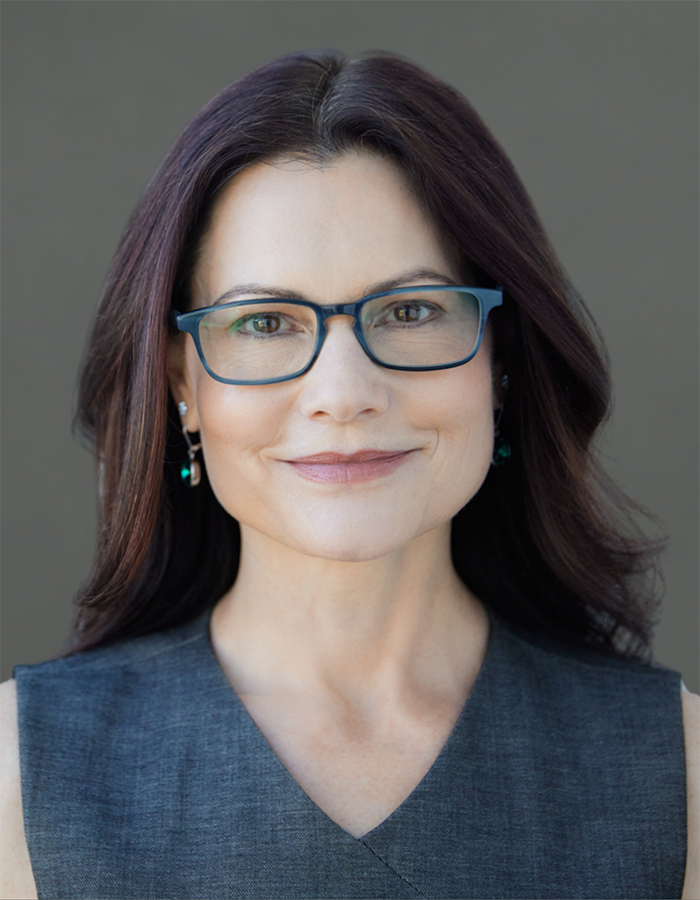
Shelley Trott, Executive Director, Kenneth Rainin Foundation
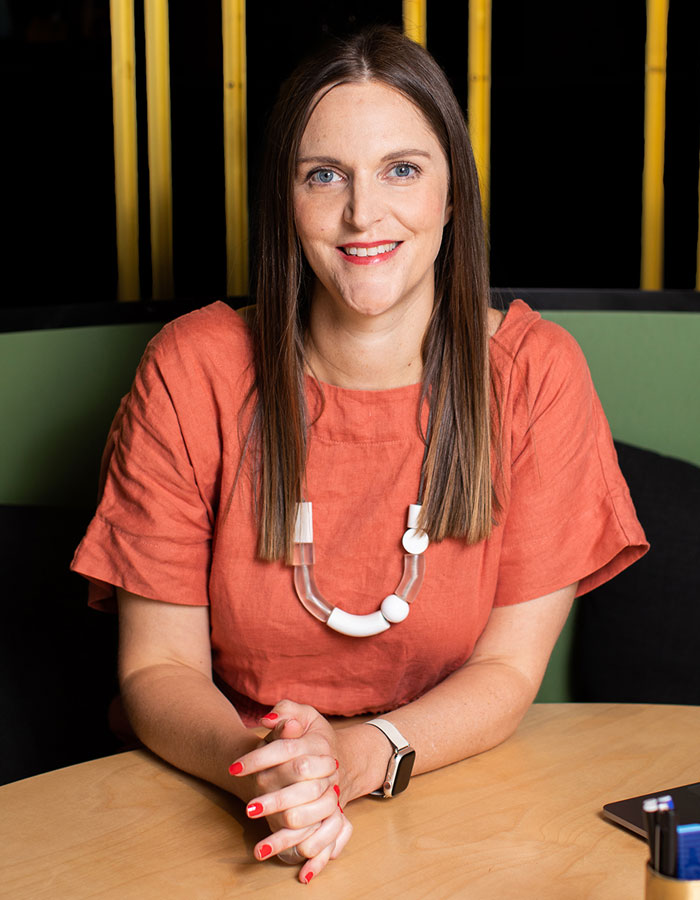
Michelle Tabet, Founder and Director, Left Bank Co.
